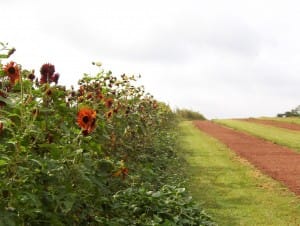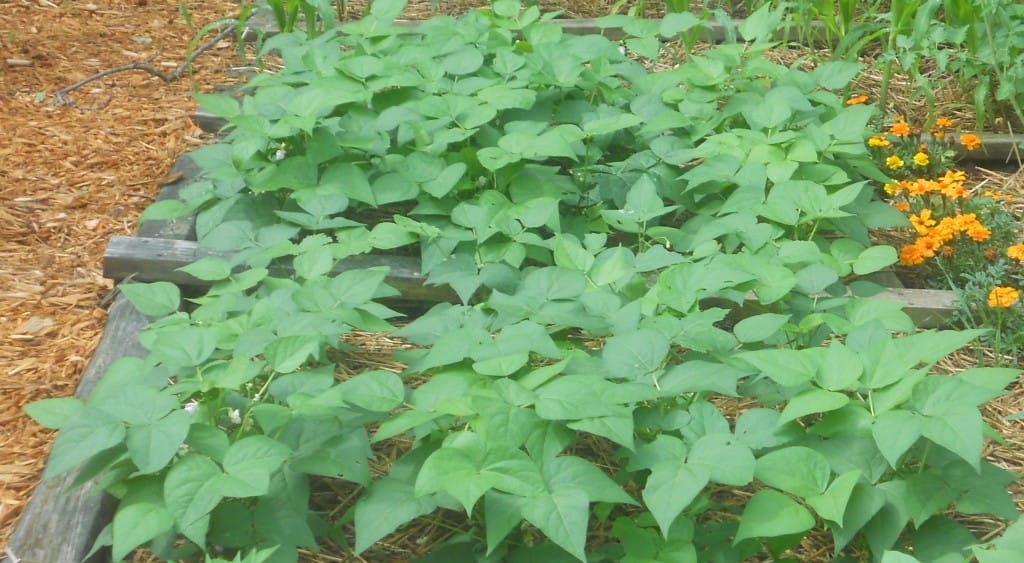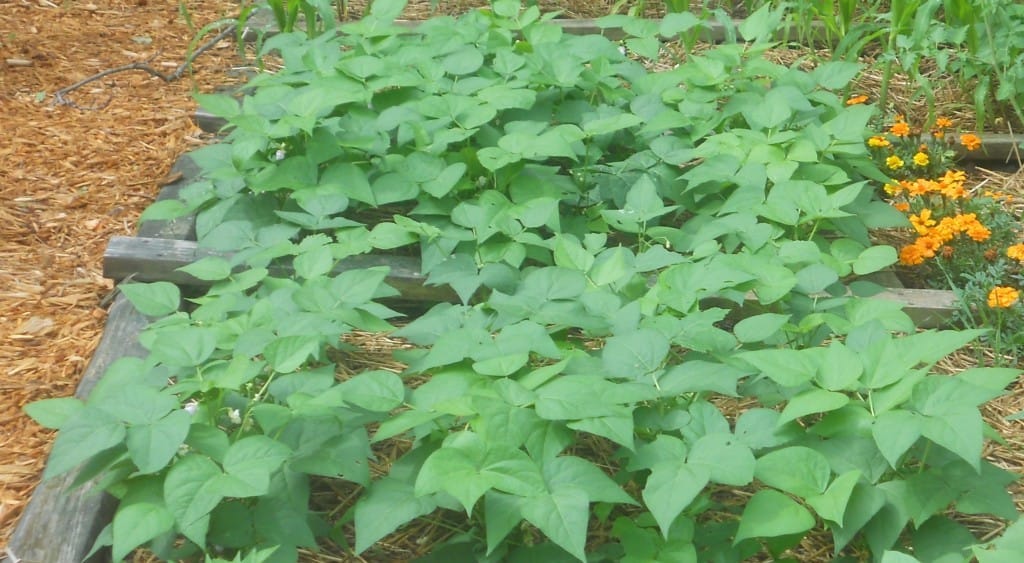June is the perfect time to get Southern peas, also known as field peas, in the ground. The soil and air temperatures are very warm and hot summer days stretch out in front of us. Southern peas include cream, crowder, and black-eyed types. They thrive during hot weather in full sun. Your local UGA Extension agent knows what types typically are grown in your area.
North Georgia gardeners are harvesting the end of the cool season lettuces and Southern peas would be a perfect replacement. Add a bit of compost to the soil and sow seeds about 1 inch deep, 3-6 inches apart. For those of you who grow in rows space them 20-42 inches apart. Make sure your soil is well draining.
Southern peas act more like beans than peas. Some cultivars are vining and will need some support and some are more bush type. Experience shows that even bush types are easier to manage with a small trellis. If you keep them picked they will keep producing all through our hot, humid summer!

Cream peas are the mildest in flavor. Cream Crowder, White Acre, and Texas Cream #12 are non-vining cultivars to consider trying.
Black-eyed peas have a bit more flavor. California #5, Magnolia, and Pink Eye Purple Hull are cultivars that are non-vining and grow well in our area. Black-eyed peas are the ones seeped in Southern folklore. If you eat black-eyed peas on New Year’s Day legend has it that your year will be prosperous. Worth a try!
Crowder peas are the strongest in flavor. You will remember them as the peas that are “crowded” in the hull. Mississippi Silver and Mississippi Purple are non-vining while Knuckle Purple Hull and Colossus are cultivars that will need some type of firm support like fencing or staking.
You can harvest all of these either as green shelling peas or for drying. A useful publication, although written for commercial production, is Southern Peas by UGA horticulturists Boyhan, Grandberry, and Kelley. This publication has additional information on cultivars and diseases.
Happy Gardening!


